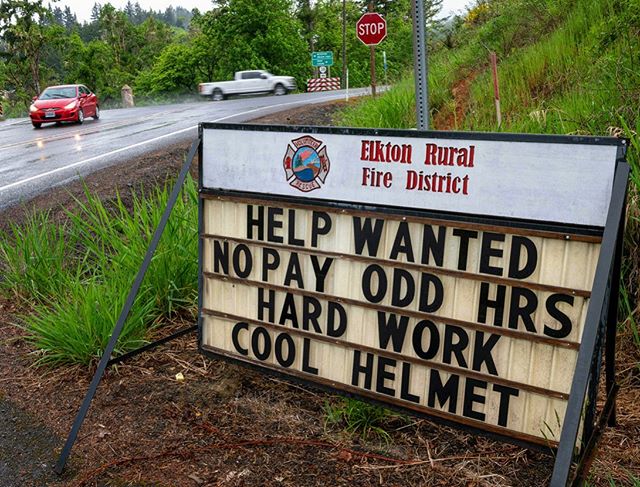
There are people who want to volunteer in difficult or dangerous roles – it’s what they specifically seek out. Over on the Reddit group regarding voluntourism, as I write this blog, there are lots of messages from people, mostly young people, seeking to help on the “front lines” regarding people affected by COVID-19, either because they are ill or because they are isolated and needing help in lockdowns. Many online recruitment sites, like VolunteerMatch, have curated volunteering opportunities posted on their site that related to COVID-19 in some way, due to overwhelming demand from potential volunteers.
Some volunteering is perceived as difficult by potential volunteers and the general public, because of the clients that volunteers will work with or the kind of activities volunteers must undertake. Examples: serving as a Big Brother/Big Sister, mentoring a foster child, assisting adults with developmental disabilities, volunteering in a shelter for women experiencing domestic violence, or staffing a suicide hotline.
Some volunteering is perceived as difficult AND dangerous, such as fire fighting, search and rescue, volunteering with incarcerated people in a jail or prison or volunteering with people who are formerly-incarcerated.
Some volunteering is perceived as controversial, such as providing water stations in the desert for people entering a country illegally and can die from dehydration, or defending a women’s health clinic patients from protesters, or various protest and activism roles.
Difficult, dangerous and/or controversial roles actually appeal to many people who want to volunteer: they feel strongly about the cause, or they want to do something substantial and challenging. But other roles may seem too intimidating to new recruits, like mentoring a young person going through the foster care system, working with young people in the juvenile justice system, working with people with intellectual disabilities, or working with seniors.
How do you recruit for roles that might seem difficult, dangerous, even controversial? How do you recruit for a subject area or role that might provoke an initial reaction of fear among potential volunteers?
This web page, on my site, offers detailed advice.
Also see:
- Three resources for your COVID-19-related volunteering.
- Saying “no” to recruiting volunteers for certain tasks.
- Making your volunteer engagement as accessible as possible and how to do it.
- Before you recruit any volunteers.

If you have benefited from this blog or other parts of my web site and would like to support the time that went into researching information, developing material, preparing articles, updating pages, etc. (I receive no funding for this work), here is how you can help.

